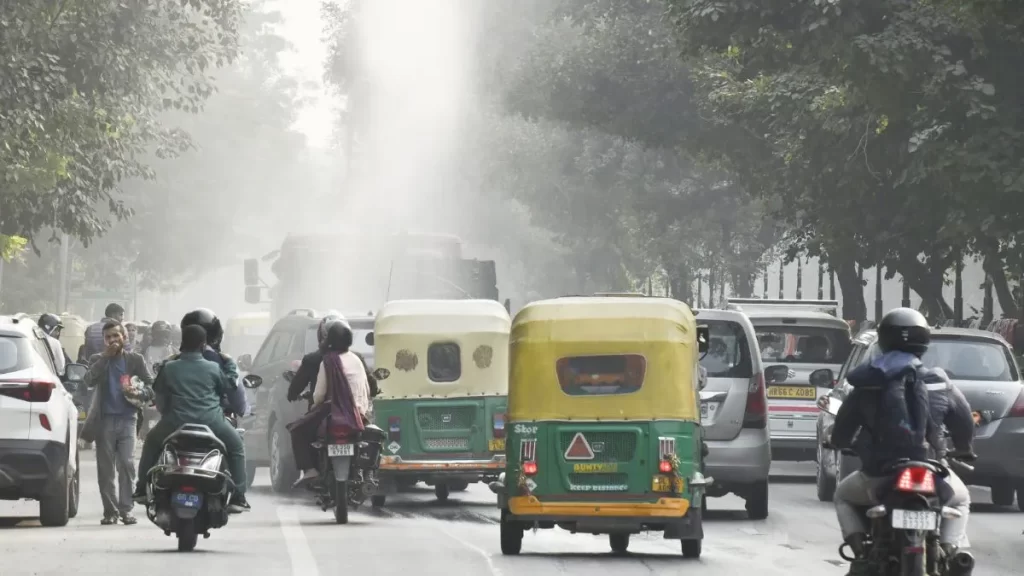New Delhi, May 16, 2025 — The national capital is once again grappling with alarmingly deteriorated air quality levels, as the Air Quality Index (AQI) dropped into the ‘Very Poor’ category this week. With residents facing increased health risks and visibility hampered across several districts, experts are sounding the alarm on the worsening environmental crisis in Delhi
According to data from the Central Pollution Control Board (CPCB), Delhi recorded an average AQI of 312 on Friday morning, firmly placing the city in the ‘Very Poor’ category. Several monitoring stations in areas like Anand Vihar, Rohini, and Punjabi Bagh even crossed the 350 mark, inching dangerously close to the ‘Severe’ threshold.
Key pollutants, particularly PM2.5 and PM10 particles, have surged significantly. PM2.5 levels were found to be over five times the World Health Organization’s safe limit in several regions. Environmental analysts attribute this spike to a combination of vehicular emissions, construction activity, and rising dust levels exacerbated by dry pre-monsoon winds.
Dr. Rakesh Kumar, a senior environmental scientist with the Indian Institute of Tropical Meteorology, stated, “We are witnessing a seasonal accumulation of particulate matter. This, combined with stagnant atmospheric conditions and increased local emissions, is creating a toxic blanket over the city.”
The Delhi government has reactivated the Graded Response Action Plan (GRAP) in an attempt to mitigate the crisis. Measures include restrictions on construction activity, increased water sprinkling on roads, and advisories for vulnerable populations, particularly children and the elderly, to avoid outdoor exposure.
Health professionals have noted a sharp rise in respiratory and cardiovascular complaints. “We have seen a 20% increase in patients reporting breathing difficulties and exacerbated asthma symptoms in just the past week,” noted Dr. Meena Arora, a pulmonologist at AIIMS.
The Indian Meteorological Department (IMD) has forecast marginal relief in the coming days as wind speeds may improve. However, consistent high temperatures and lack of precipitation continue to hinder dispersion of pollutants.
Environmental watchdogs and civil society groups are calling for long-term interventions, beyond short-term emergency responses. These include stricter vehicular pollution norms, a faster transition to clean energy, and sustainable urban planning.
As Delhi chokes under yet another bout of hazardous air quality, the crisis underlines the urgent need for robust, long-term environmental policy and public cooperation. While short-term measures may offer temporary relief, systemic changes in infrastructure, policy enforcement, and public awareness are crucial to ensure breathable air for the city’s 33 million residents.



